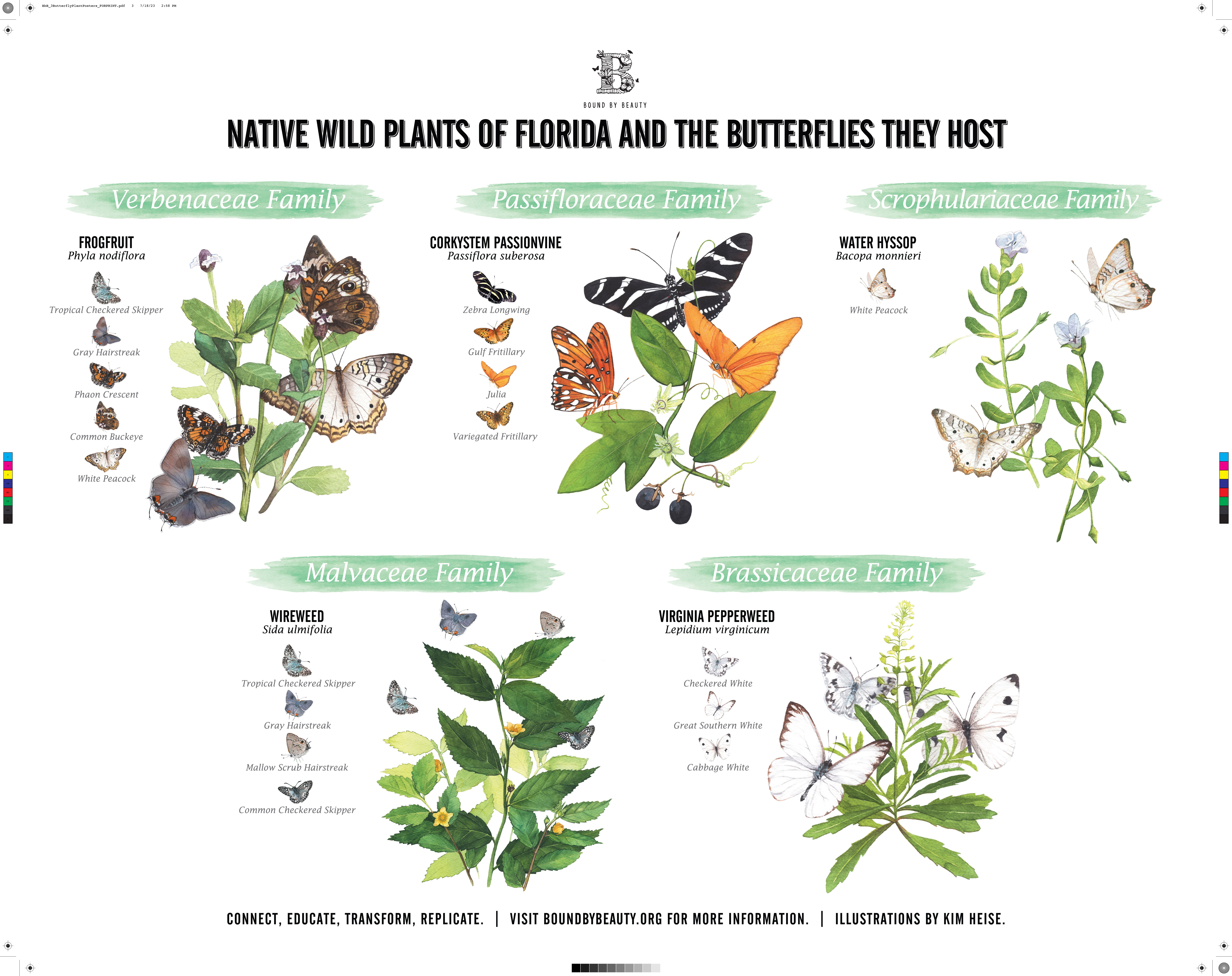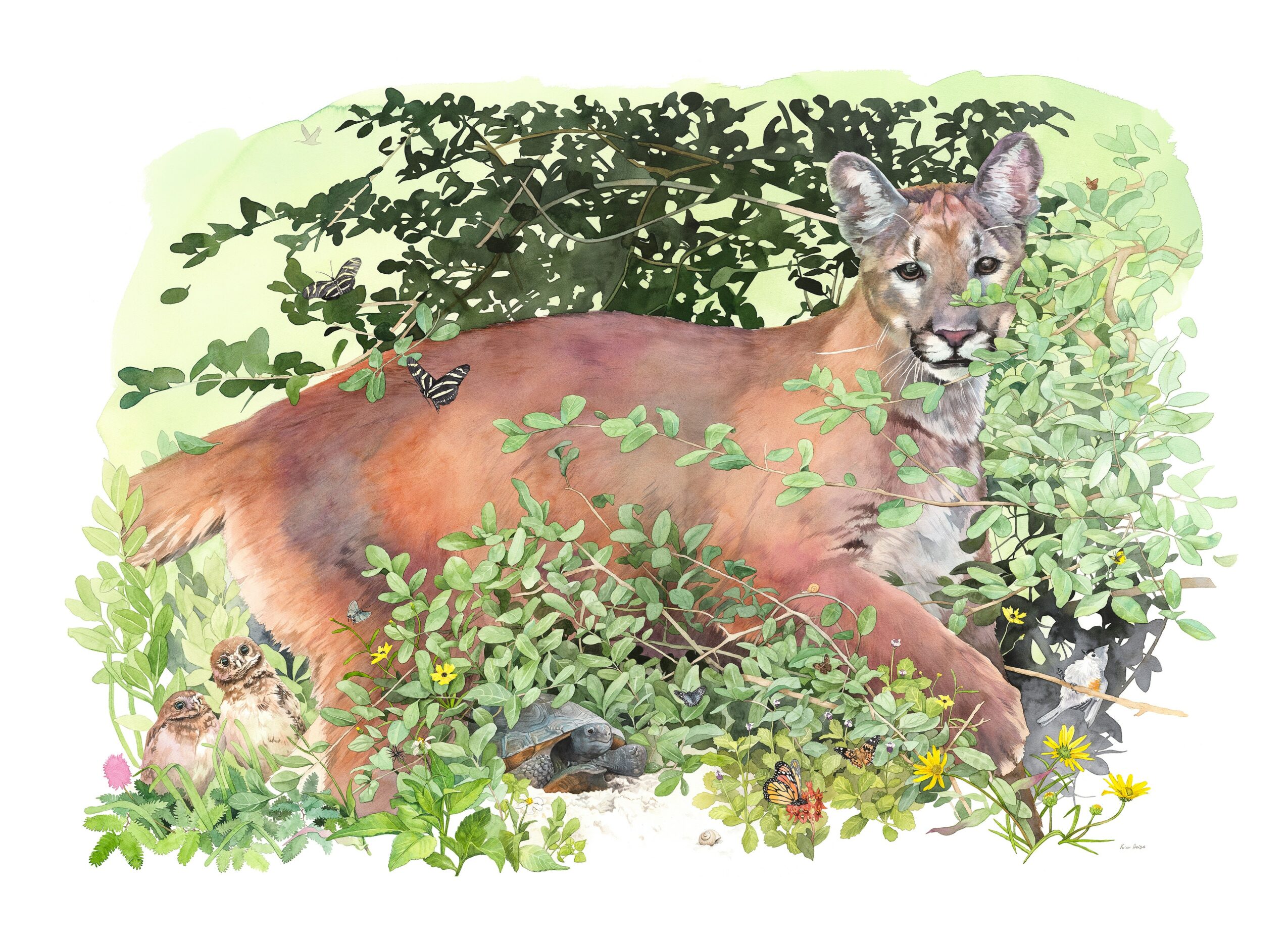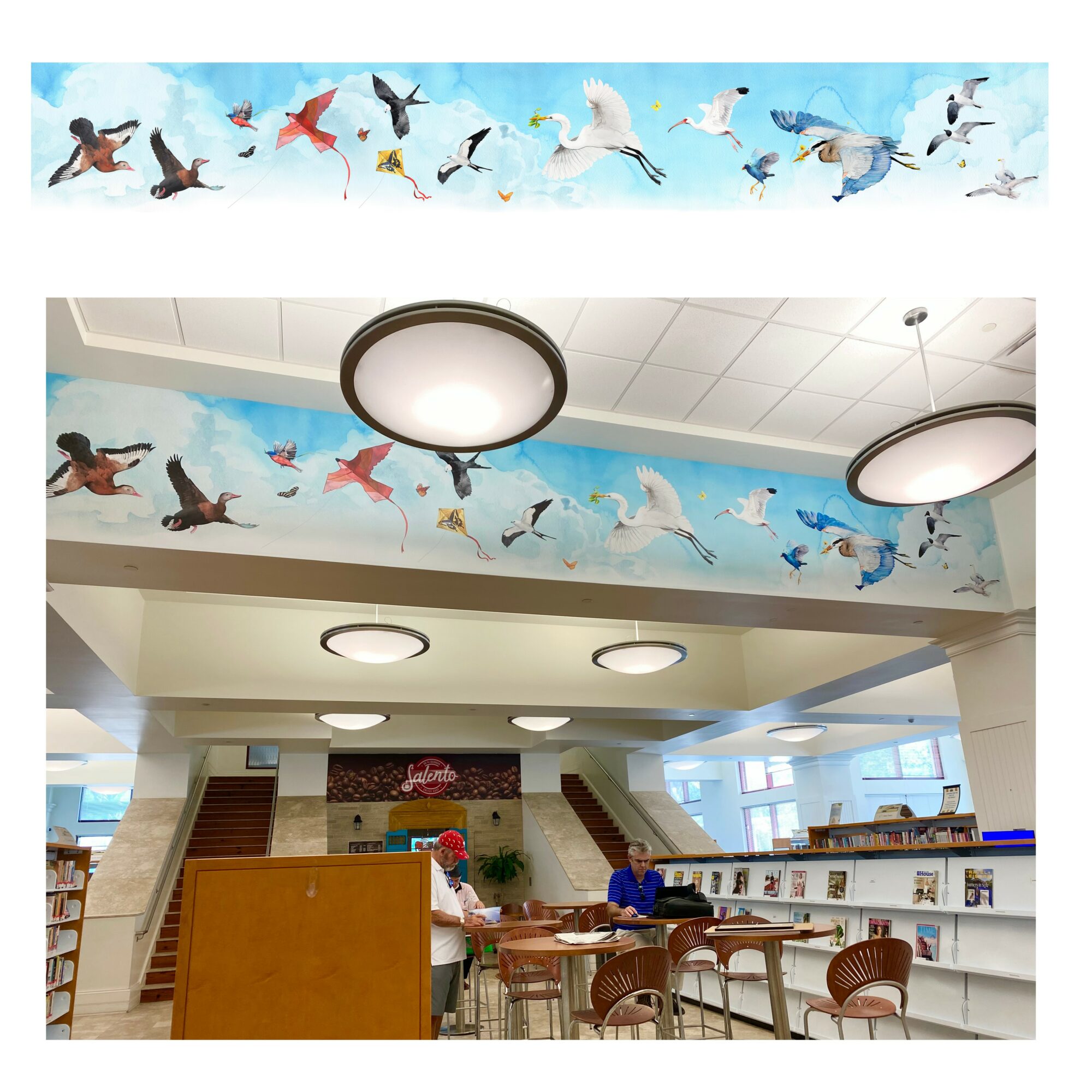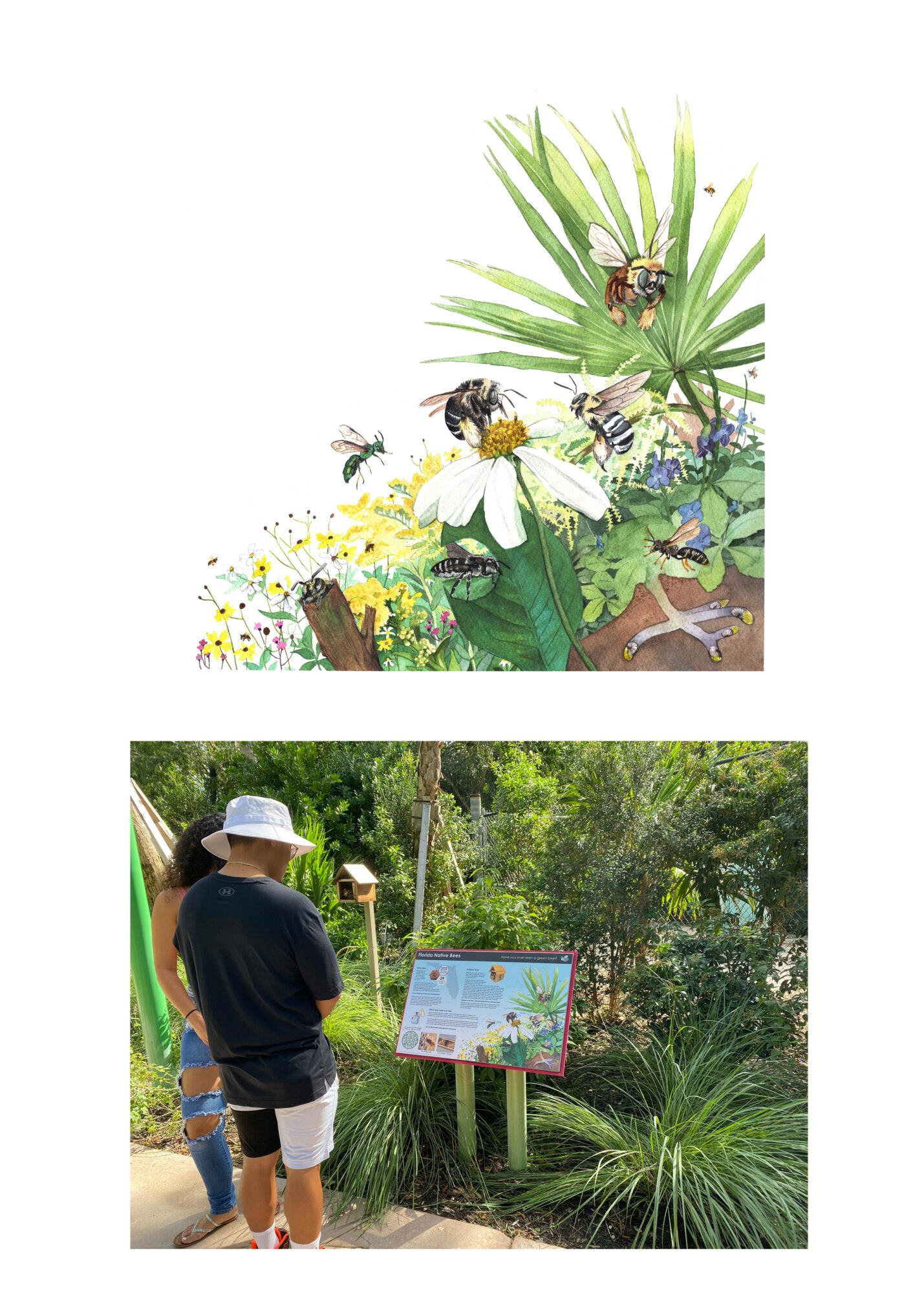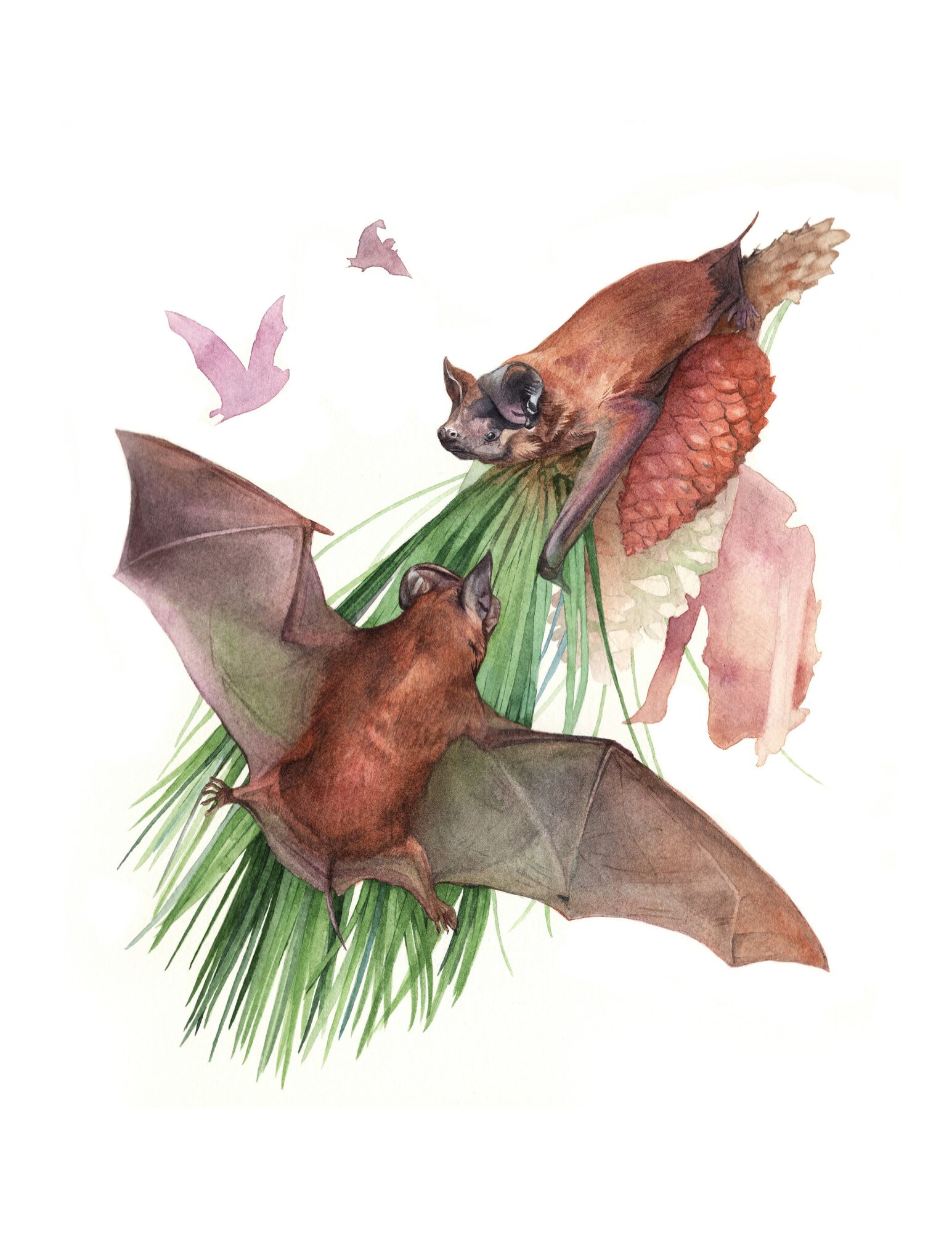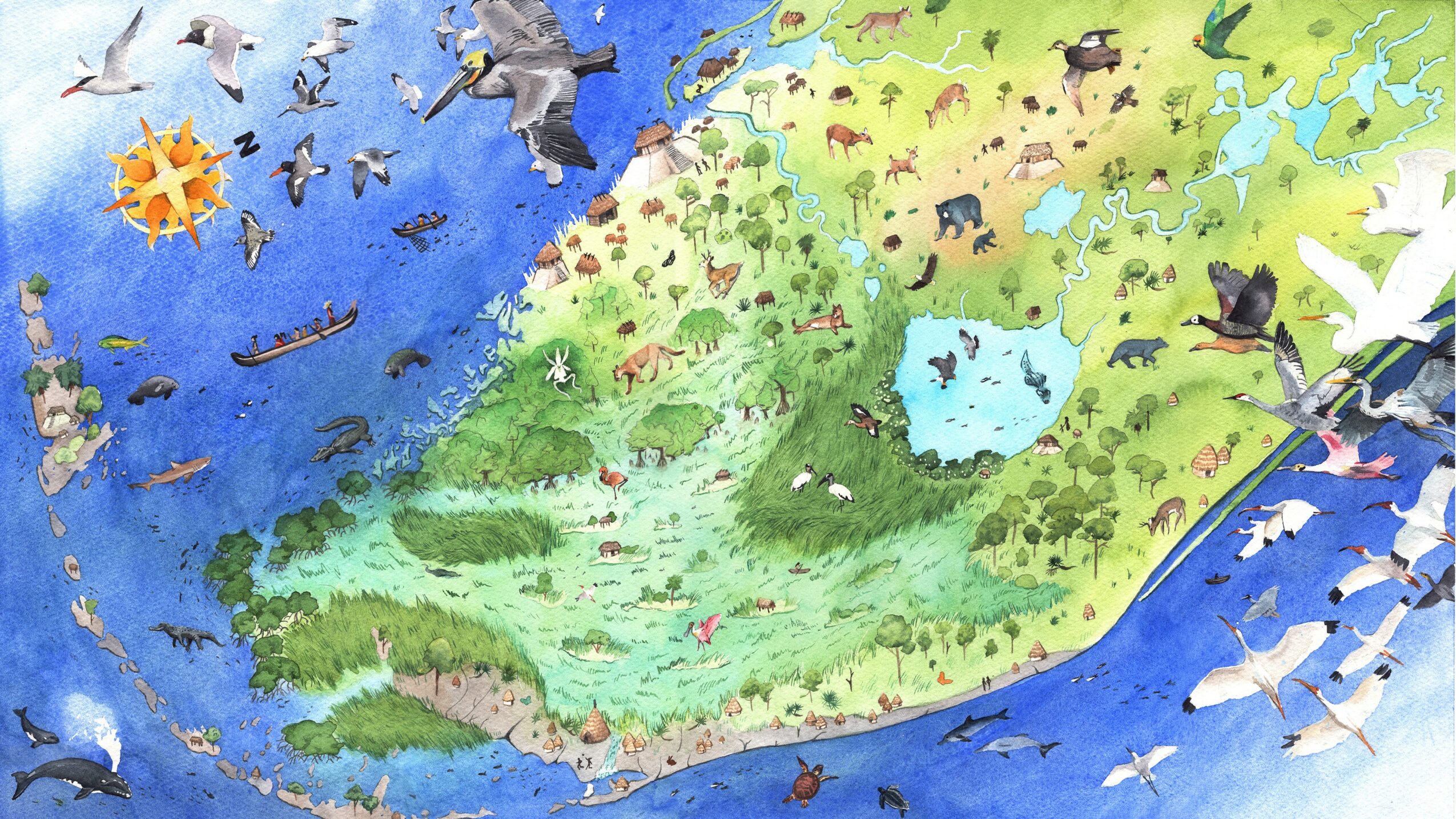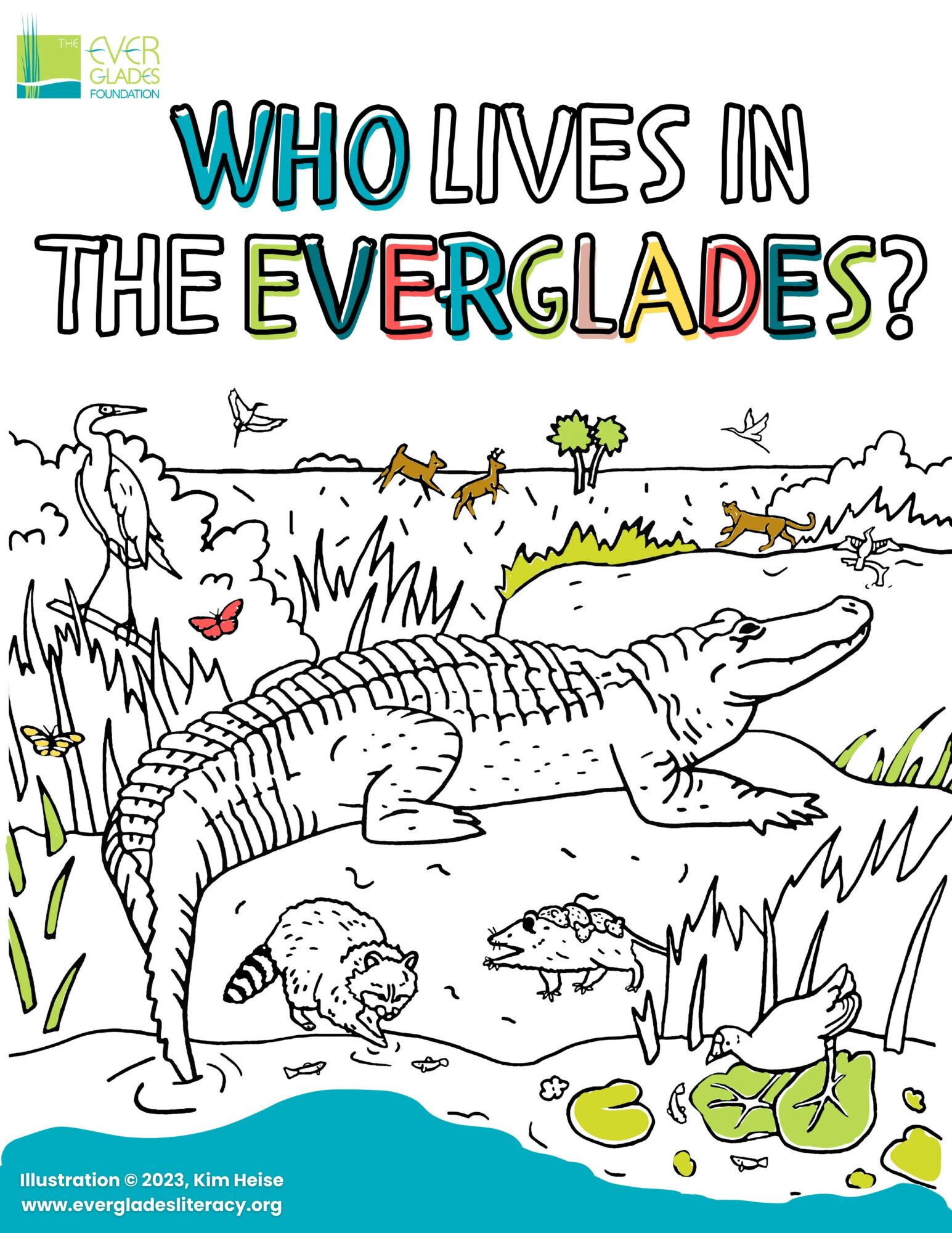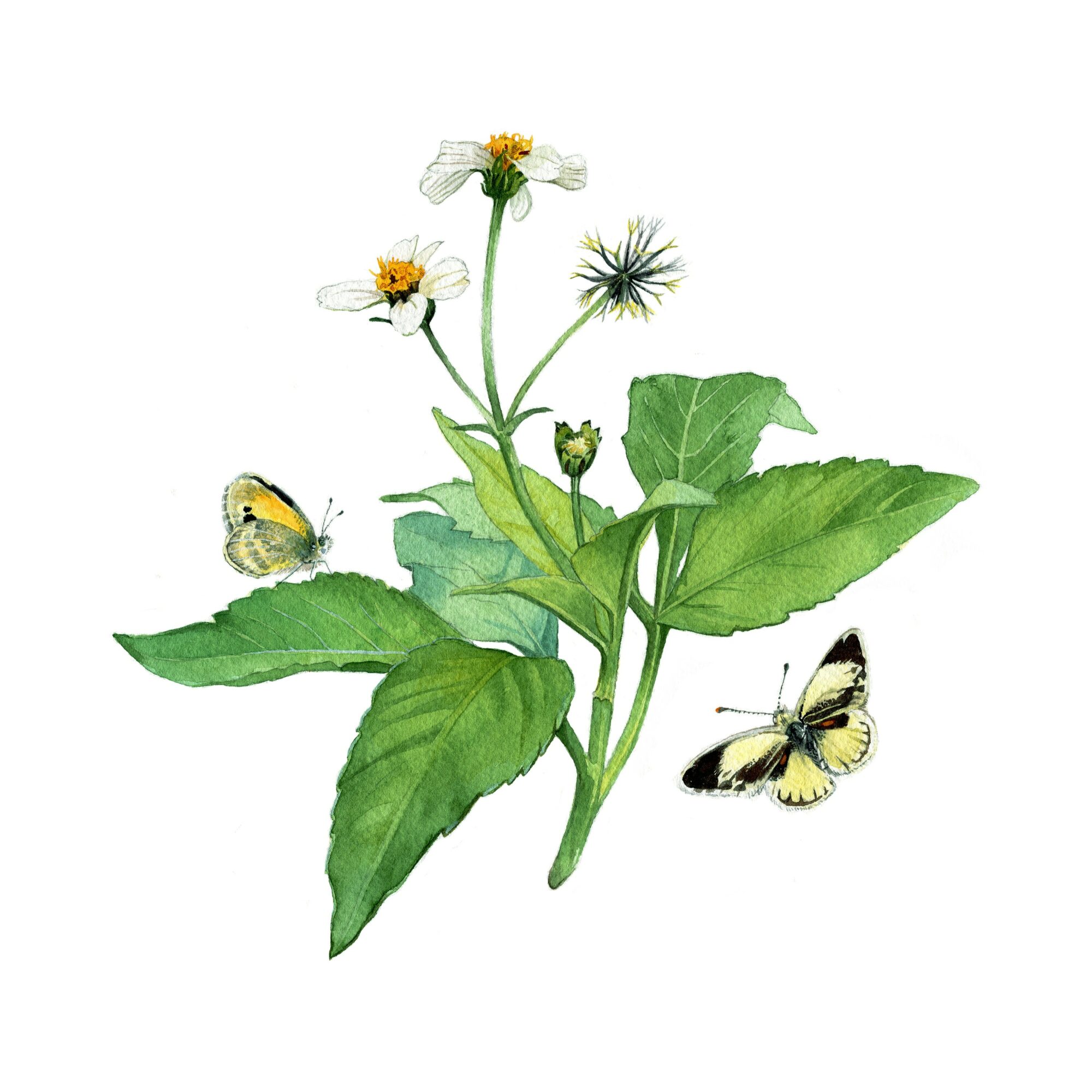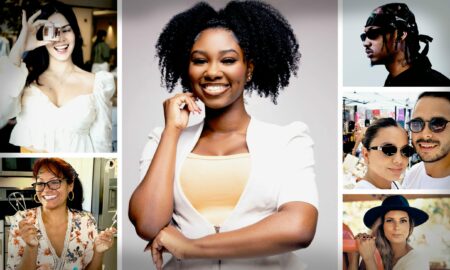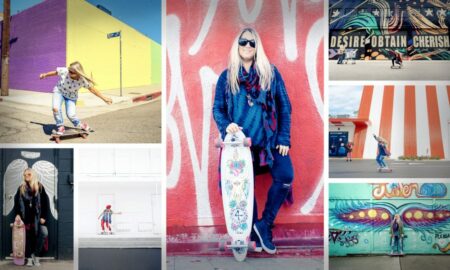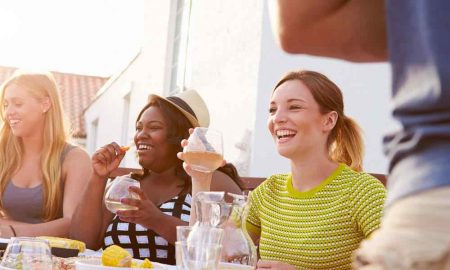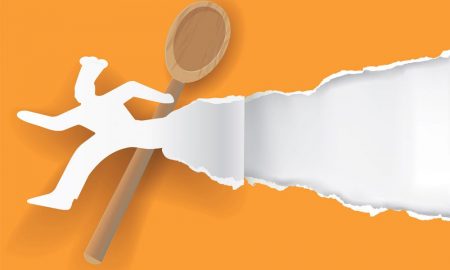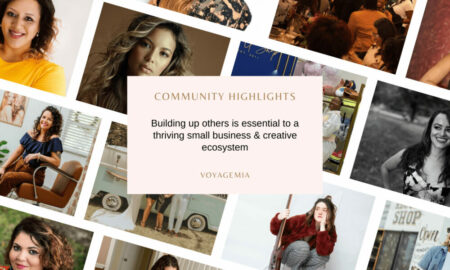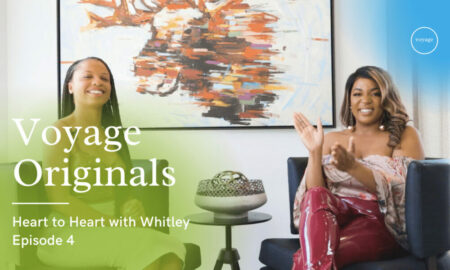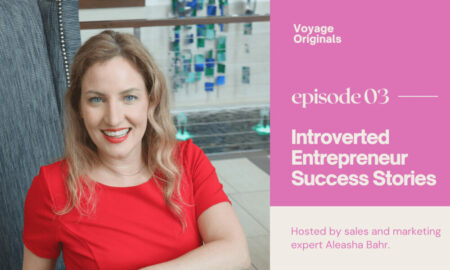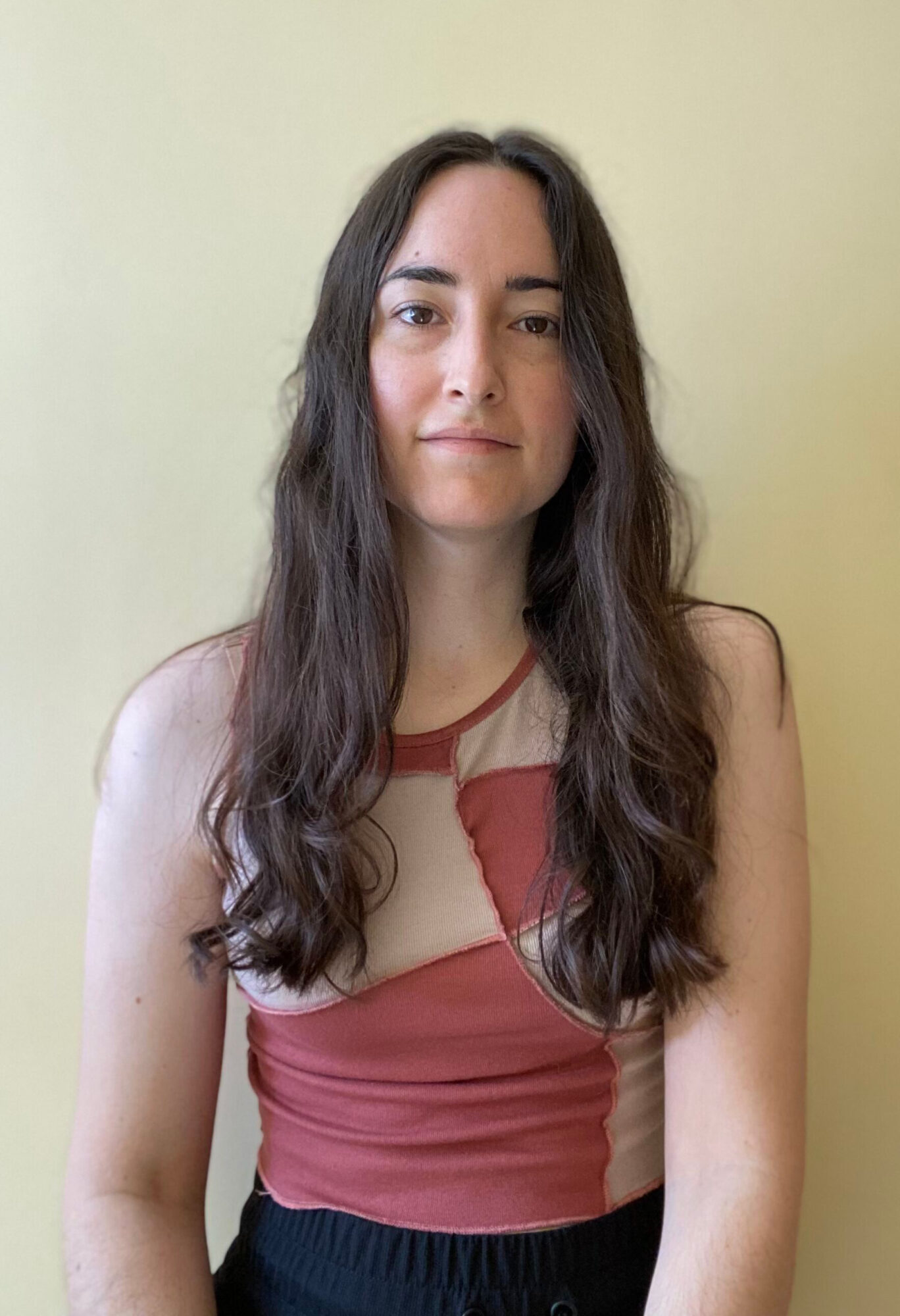

Today we’d like to introduce you to Kim Heise
Alright, so thank you so much for sharing your story and insight with our readers. To kick things off, can you tell us a bit about how you got started?
Thank you for having me again! I grew up in South Florida and have always loved both art and local nature. I loved drawing and acrylic painting as a child, then I studied oil painting and traditional printmaking during my BFA in Painting at FAU; graduating in 2014. I made artwork about animals, people, psychology, and politics as a student at FAU, and gradually became focused on native species and environmental issues. Due to health problems, I took up watercolor painting after graduating and have been using the medium ever since. In 2015 I got involved with local conservation and made art about the native species that I loved and felt needed more representation. I also began to collaborate with others on projects with conservation goals. For the past 8 years I’ve been painting Florida native plants and animals and working on projects that help to educate people about native species and involve people in conservation.
The 2015 Rally For The Rocklands was an important moment that got me started on the work I do today. A developer wanted to build a Walmart in an endangered habitat called the Pine Rocklands, and local groups were trying to prevent it from happening. I had no idea we lived so close to such a rare and threatened habitat, and was appalled that anyone would destroy more of it to build a Walmart. Unfortunately that project went through, and many acres of habitat were destroyed (it’s Coral Reef Commons). After participating in the rally, I continued to make art about Pine Rockland species, and still do, as well as other local native species.
Would you say it’s been a smooth road, and if not what are some of the biggest challenges you’ve faced along the way?
One major challenge has been my health, especially from 2010 to 2020. I had chronic pain in multiple joints that would often limit my ability to make art. I was diagnosed with EDS in 2020, which allowed me to better understand myself and what I needed in order to work with my body and avoid pain and injuries. Since then, I’ve been able to manage my symptoms much better and have been pain-free for almost 4 years. I’m finally able to talk about it and share what works for me. I’m still learning! Recently I have been having an issue with painting on a large scale, and am currently seeing a physical therapist who specializes in EDS to help me do that safely and pain free.
Mental health has also been a challenge. Having chronic pain, frequent mysterious injuries, and struggles to continue creating art in a demanding economy are some things that probably contributed. Things have improved a lot over the last few years, after finding out about my diagnosis, having less pain, being able to see therapists, learning about personal and relational psychology, and connecting with others.
Thanks for sharing that. So, maybe next you can tell us a bit more about your work?
I’m a watercolor artist who paints Florida native plants and animals. The delicacy of watercolor helps me to capture intricate details, and to depict native species with beauty and scientific accuracy. I love to work with others on projects with conservation goals. I’ve helped create coloring books, trail signs, maps, logos, trail guides, public murals and other resources. I hope my work inspires people to know, love and protect our natural resources.
One recent project I’m proud of is the Plant Portrait series, commissioned by the Miami nonprofit Bound by Beauty. I was asked to illustrate a list of 17 common plants that host butterflies (compiled by Steve Woodmansee), many of which can be found in mowed lawns or parking lots. The intention of the project was to highlight native plants that are already extremely accessible, so that children and adults who are new to local native species can start by exploring their own local green spaces, even if those aren’t protected natural areas. Highlighting local species I think also helps people develop a sense of orientation and appreciation within a space or community (at least it did for me), and helps to develop the perspective that we are already part of a nature rather than separate from it. It also shows that actions to protect, preserve, invite, or appreciate habitat can be done even at a small scale and with low effort, like reducing pesticides, seeing native plants in the parking lot of the grocery store, or creating a “butterfly circle” in a local park, school, swale or other small space by encouraging the growth of native plants that are already present. Those things can be inspiring, uplifting and encouraging on a personal level, plus it’s great for local communities, and it helps empower people to feel invested and involved in larger scale conservation. Free posters and trail guides with all 17 illustrations can be downloaded on BoundbyBeauty.org
Another recent project I’m proud of is the Who Lives In The Everglades coloring book, commissioned by The Everglades Foundation. It’s a free resource that can be downloaded on the Everglades Foundation website in the Kindergarten section of their Teacher Toolkit. It contains 20 coloring pages of my animal and plant illustrations! It’s another great way to help people learn and feel connected to the environment.
In my personal work, my most recent painting is Yuma The Florida Panther. It’s a large painting of a rescued panther, surrounded by plants and animals that can be found within it’s natural range. My hope is that viewers explore the many native species in the painting, and are inspired to conserve panther habitat. Florida panthers live south of Lake Okeechobee in an area known as Big Cypress. They are most at risk from development that destroys what little habitat they have left. I suggest joining the newsletters of conservation groups, like the South Florida Wildlands Association, to be alerted when there are things you can do to help protect them.
How do you define success?
For me there are two ways!
1.) Painting native species in the most beautiful way I can.
Local, endangered or endemic South Florida native species are so amazing and beautiful, but there is very little artwork about them so I want to make sure that I am doing a good job representing them with both scientific accuracy and in an appealing way. My goal is that when someone looks at a painting, they are drawn to it’s beauty.
2.) Making the connection to conservation and effective action
Art can help people to love, respect, know or care about native species, but sometimes we get stuck there. We don’t always know HOW to protect the nature we care about. So, I’m always looking for ways to make those connections.
Political actions like joining county commission meetings, emailing representatives, and voting, seem to have some of the biggest impacts on conservation. It would make sense, since so much of conservation land is owned and maintained by our governments, and so much of what would help the environment comes in the form of laws, zoning, permits, etc. So, because these things can be complex, I definitely suggest joining local conservation groups so that you can know how, when and what kinds of actions to take.
For example, in 2023 there was a developer that wanted to build a water park in the endangered Pine Rocklands habitat. Many people opposed the water park and wanted to protect the habitat, but how? The Miami-Dade county commissioners were in charge of approving or denying the application to build the water park, and they needed to be told about it’s environmental impact. So, several local conservation groups organized a rally, set up letter writing campaigns, and helped people join the county commission meetings. Because of those specific and coordinated actions, the commissioners were made aware of the will of the community and the importance of protecting the habitat, and rejected the proposal to destroy it. Artists, teachers, biologists, parents, students, local businesses, and so many others played different and important roles, but they all worked together with conservation groups to emphasize writing letters and joining the Miami-Dade county commissioner meetings, and that’s what seems to have made all the difference!
If you could use some suggestions for local conservation groups to get involved with, try the Tropical Audubon Society (especially for Pine Rocklands conservation), the Florida Native Plant Society (come see me at a meeting!), or the South Florida Wildlands Association (especially for Florida panther conservation). There are so many more great local groups!
Contact Info:
- Website: https://KimHeise.com
- Instagram: https://www.instagram.com/kimheiseart/
- Facebook: https://www.facebook.com/KimHeiseArt/
